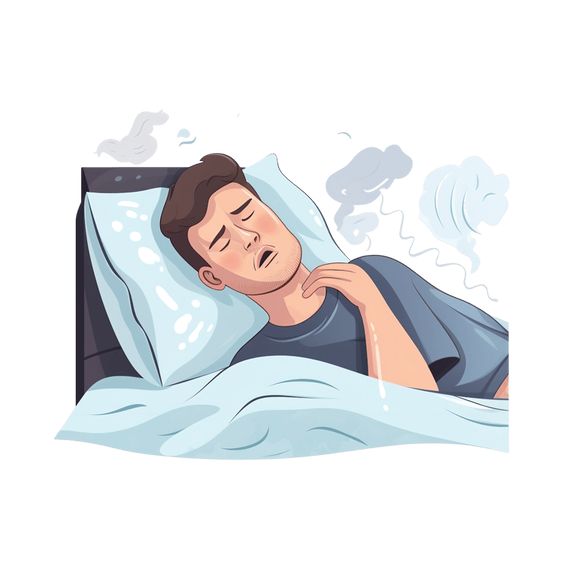Introduction:
Summer is a time for kids to enjoy the outdoors, from splashing in pools to building sandcastles on the beach. But with the joy of warm weather comes the risk of heat-related illnesses, particularly for our little ones. Heat exhaustion, a serious condition caused by prolonged exposure to high temperatures, can strike quickly and requires immediate attention.

Recognizing the signs of heat exhaustion in children is crucial for parents and caregivers. Unlike adults, kids may not always be able to verbalize how they're feeling, making it even more important to be vigilant about their well-being in the heat. This blog post will guide you through the common symptoms of heat exhaustion in children, how to differentiate it from heat stroke, and most importantly, what steps to take to provide immediate care.
Identifying Heat Exhaustion in Children:
Keep a watchful eye out for these telltale signs, especially after prolonged outdoor activity:
- Excessive sweating: Your child may be sweating more than usual, even when resting.
- Complaints of dizziness or headache: They might feel lightheaded, dizzy, or complain of a throbbing headache.
- Nausea or vomiting: Feeling sick to the stomach or vomiting are red flags.
- Muscle cramps: Painful cramps, particularly in the legs, can occur.
- Weakness and fatigue: Your child may seem unusually tired and lethargic.
- Irritability or confusion: Changes in mood, such as becoming irritable or disoriented, are cause for concern.
- Fast heartbeat and breathing: You might notice their heart racing or their breathing becoming faster than normal.
When it's More Than Heat Exhaustion: Recognizing Heat Stroke
Heat stroke is a life-threatening emergency that requires immediate medical intervention. If your child exhibits any of the following symptoms, call 911 (or your local emergency number) right away:
- High fever (104°F or higher): A dangerously high body temperature is a hallmark of heat stroke.
- ** Seizures:** Convulsions or seizures.
- Loss of consciousness: Becoming unresponsive or passing out.
- Confusion or disorientation: Severe confusion or disorientation.
- Flushed, hot, and dry skin: Their skin may be red, hot, and dry to the touch, as sweating might stop in some cases.
Taking Action: Providing Immediate Care for Heat Exhaustion
If you suspect heat exhaustion, swift action is vital:
- Move to a Cool Place: Immediately relocate your child to a shaded, air-conditioned, or cool environment.
- Hydrate: Give them cool water or an electrolyte drink (like Pedialyte) in small sips.
- Cool Them Down: Remove excess clothing and apply cool, wet cloths or a cool bath.
- Rest: Encourage them to lie down and rest.
- Monitor Closely: Keep a close watch on their symptoms. If they don't improve or worsen, seek medical attention immediately.





